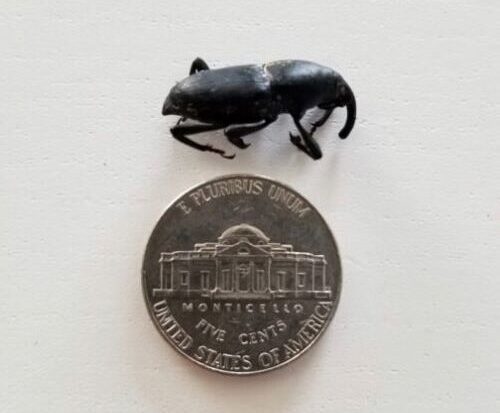Agave Weevil (Scphophurus acupunctatus)
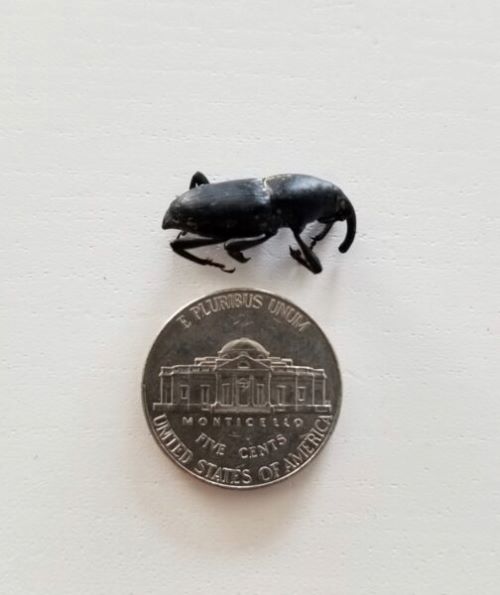

Agave weevils (Scyphophorus acupunctatus) are an approximate inch long, dusty black, wingless beetle. Also known as a sisal weevil, it has a protruding snout and chewing mouth parts. According to the Global Invasive Species Database, “Scyphophorus acupunctatus” is becoming a major pest of native Agavaceae and Dracaenacea species worldwide.
The Agave Weevil once prevalent in only Mexico and desert regions is rapidly spreading throughout the US including our own San Diego County and surrounding regions. The Agave Weevil feeds on many species of agave and can be especially damaging to larger species such as century plants and its cultivars which have been widely used in residential and commercial landscape industries.
The Agave Weevil develops through four life stages: egg, larva, pupa and adult. The adult enters their way into the plant base by feeding on the foliage often causing discolored punctured spots or small holes. The Agave weevil is a carrier of Erwinia carotovora, a micro-organism that decomposes plant tissues which allows easy consumption.
Agave Weevils are known to lay eggs, most commonly in the spring, in their bacteria infected tunnels between leaves of Agaves. Once the hatching larvae (grubs) burrow into the plant base, they eat their way into the rotting core of the Agave, causing collapse from the base upward and killing the infested plant. Once the grub like larvae have sufficiently fed they will pupate and emerge as the next generation of Adult Weevils often traveling to affect nearby plants.
Agave Weevils have shown to have year round life cycles if the weather conditions are ideal.
Signs & Symptoms of Infestation

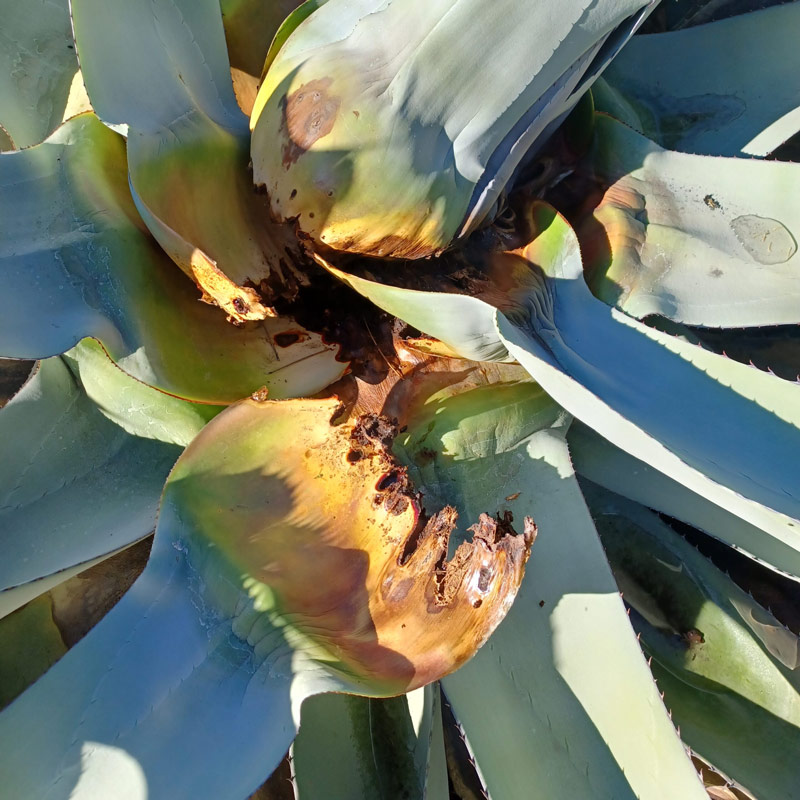
Agave Weevil infestation is commonly not discovered until the plant is beyond repair. The most important factor to eradicating Agave Weevil is early treatment and preventative measures.
Early signs of weevil damage can be found near the plants stem where the lower leaves meet, this is the most common first sign of infestation. As the weevil feeds on the plant it may cause wilting and wrinkling of the leaves, or pencil sized entry holes near the base of leaves can indicate where the weevil burrowed to lay eggs.
Agave plants can be rocked or shoved due to no longer being anchored by roots revealing infestation of grubs under the plant. You may notice a foul odor as the plant begins to decay. If the agave plant is showing advanced signs of shriveling with only a central bud remaining, the affected plant may be beyond saving and should be promptly removed to prevent future attacks of remaining plants.

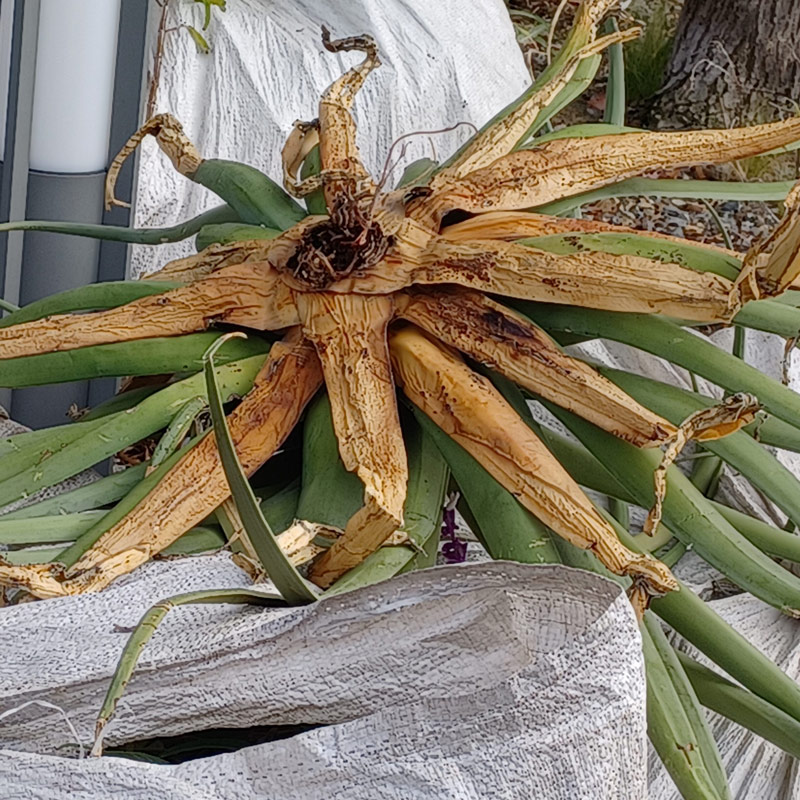
Preventative Measures & Treatments

Preventative measures are the most effective
control of agave weevil.
Check and monitor your agave plants for signs of stress or early weevil damage. When introducing new agave plants choose bare-root plants and examine the soil for grubs, the leaves of the plant for puncture holes or live beetles. Avoid overwatering the plants and ensure proper soil drainage. Century plants (agave americana) are considered one of the most susceptible varieties to the agave weevil.
Best practice is to take preventative measures prior to infestation to protect your agaves. Preventative treatments are best made in 3-4month intervals.
Contact our team of experts for scheduling of Preventative Treatments!
Multiple plants and trees on property?
The Agave weevil is commonly mistaken for a South American Palm weevil. Displayed are side by side photos to help identify the difference between the two weevils. If you have Palms on site showing signs of infestation you may be dealing with a South American Palm Weevil.
For more information on the Palm weevil follow the link to our blog for the latest information on the pest affecting our local Palms.
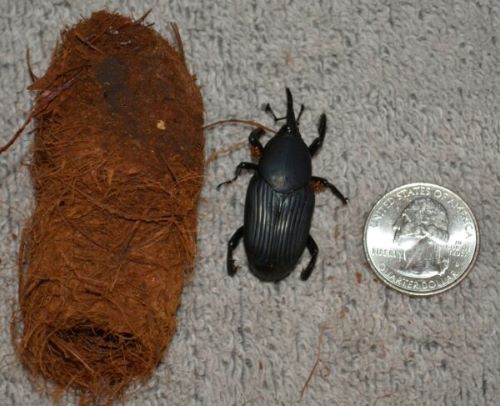
APC Palm Weevil
